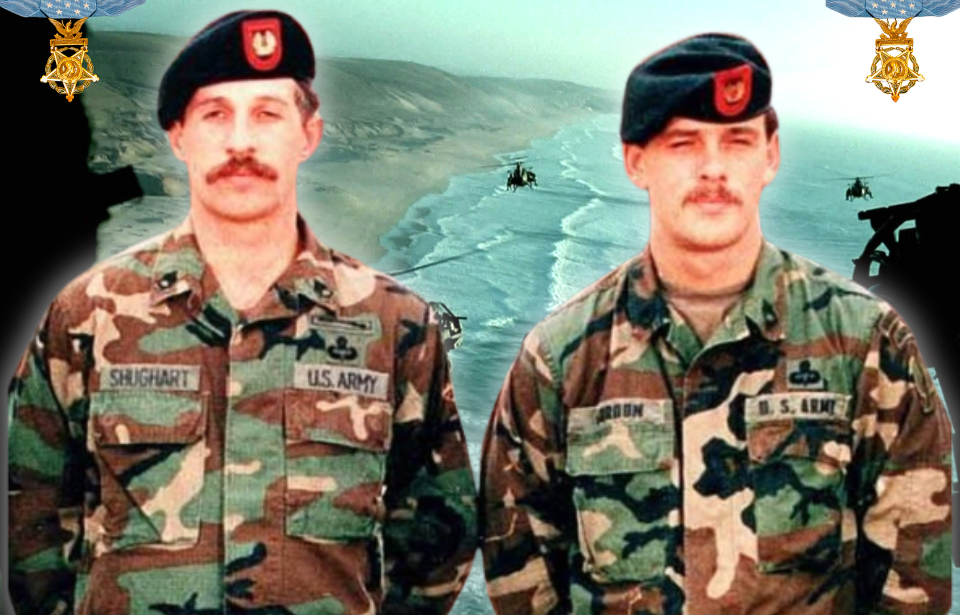There are few military service members who have received the Medal of Honor and had their actions portrayed in a Hollywood movie. Two are Master Sgt. Gary Gordon and Sfc. Randall Shughart. While their heroics in the 1993 Battle of Mogadishu led to their deaths, they efforts allowed for the rescue of a fellow soldier.
Master Sgt. Gary Gordon
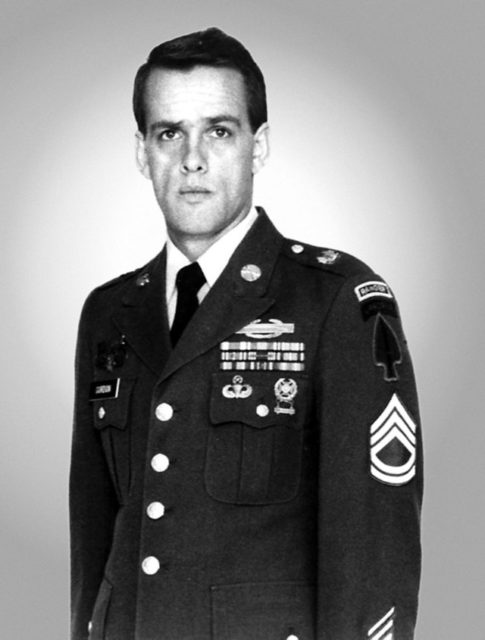
Gary Gordon enlisted in the US Army in December 1978, when he was just 18 years old. Trained as a combat engineer, he became a Special Forces engineer with the 2nd Battalion, 10th Special Forces Group (Airborne).
In December 1986, Gordon volunteered to join the 1st Special Operational Detachment-Delta (1SFOD-D) – better known as Delta Force. As a Delta Force operator, he rose to the rank of team sergeant and participated in such missions as Operation Just Cause, which was the American invasion of Panama, and the Gulf War.
Sfc. Randall Shughart
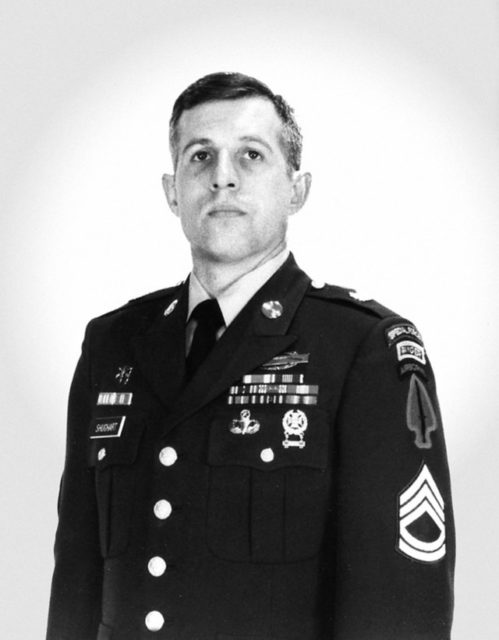
Randall Shughart had a life-long interest in the military, having been born into a US Air Force family. He had a particular interest in the US Army, with his mother recalling him reading books about soldiers and notable generals. As such, it came as no surprise when he enlisted in the service while still in high school and entered basic training immediately following his graduation. He also successfully completed infantry Advanced Individual Training (AIT) at the Airborne School.
In 1978, Shughart was assigned to the 2nd Ranger Battalion, 75th Ranger Regiment at Fort Lewis, Washington. He subsequently completed the Small Unit Ranger Tactics (SURT) course and earned a spot at the Army’s famed Ranger School at Fort Benning (now Fort Moore), Georgia. He was successful in this, earning his Ranger Tab, before entering the Army Reserve in 1980. It took three years for him to return to active duty.
In 1984, a year after returning to active service, Shughart underwent Special Forces training and was assigned to Delta Force at Fort Bragg (now Fort Liberty), North Carolina. Similar to Gary Gordon, he rose through the ranks, with him holding the title of assistant team sergeant by the time he was sent to Somalia.
Background on Operation Gothic Serpent
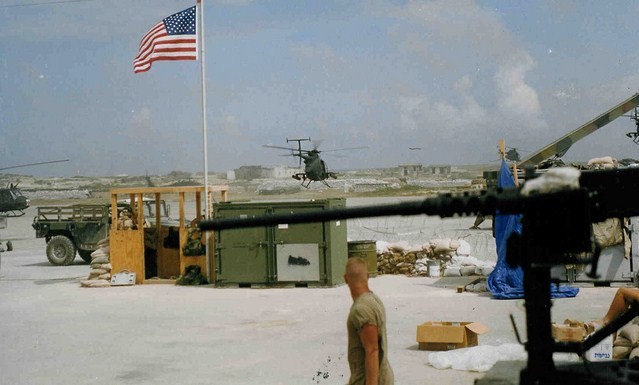
In 1993, Somalia was being ravaged by a civil war, which destroyed the country’s agriculture. The United Nations (UN) attempted to aid with the resulting famine, but its food rations were seized by local warlords. As such, the US Army sent in its Special Forces operators to protect the humanitarian efforts and prevent the continued rise of these violent warlords.
Gary Gordon and Randall Shughart were deployed to Mogadishu, Somalia, to serve as snipers in Operation Gothic Serpent (known as Task Force Ranger among the American forces), a joint-force assault mission tasked with apprehending the key advisers to Somali warlord Mohamed Farrah Aidid. The leader of the rebel Somali National Alliance, he and his forces had launched several attacks on UN-led troops.
The mission, which took place on October 3, 1993, was intended to last an hour. Instead, it ended up extending into the next day.
Heroics during the Battle of Mogadishu
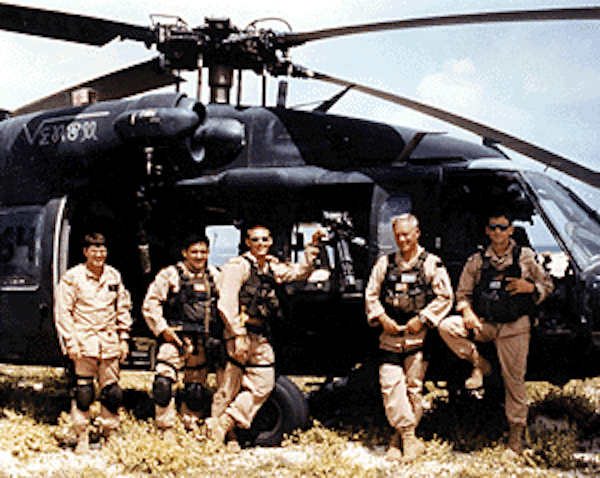
During the mission, a Black Hawk helicopter (Super Six-One) providing air support was shot down. While a Combat Search and Rescue (CSAR) team went to secure it, a second – Super Six-Four – was also downed. Engaged in combat with Mohamed Farrah Aidid’s militia, the Task Force Ranger troops on the ground were unable to assist.
Gary Gordon wanted to assist the downed helicopter, but his request was denied. Mission commanders felt it too dangerous and believed he would be of more assistance in the air. Undeterred, Gordon repeated his request until it was finally granted. He and Randall Shughart were brought to the site by Black Hawk Super Sixty-Two, which lowered them to the ground by rope, as it was too dangerous for the pilot to land. Their comrade, Sfc. Brad Halling, stayed aboard to man the door gun.
The pair landed 100 meters south of the crash site and, armed with sniper rifles and pistols, fought their way to the downed Black Hawk. Of the four man crew, only CWO. Mike Durant had survived, suffering a crushed vertebra and comminuted fracture to his left femur.
Given the heavy enemy fire, Black Hawk Super Sixty-Two was forced to evacuate from the area and crash-land away from the fighting. This left Gordon and Shughart without supporting fire. Outgunned and outnumbered, the pair lost their lives in the assault. While it’s believed Gordon was the first to die, the official version states it was Shughart. It was later reported Durant initially misidentified who was killed first, but did not wish to change the official record.
Both men’s bodies were recovered. Shughart was buried in Carlilse, Pennsylvania and Gordon in Penobscot County, Maine. The latter was later memorialized in his hometown of Lincoln by a 10-foot-tall bronze statue.
Gary Gordon and Randall Shughart were awarded the Medal of Honor
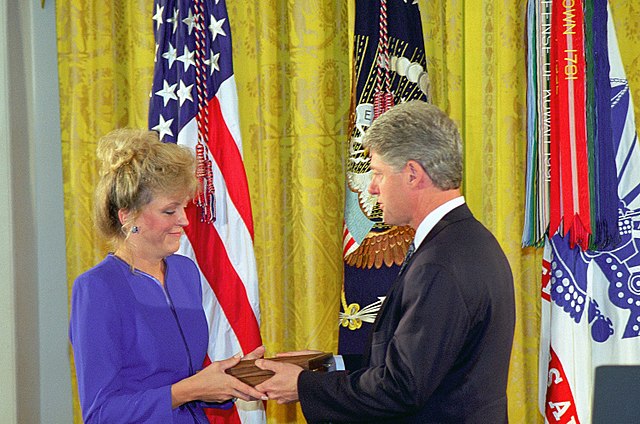
For their efforts during the Battle of Mogadishu, Gary Gordon and Randall Shughart were posthumously awarded the Medal of Honor. They were the only service members that participated in Operation Gothic Serpent to receive the distinction and were its first recipients since the Vietnam War.
The ceremony was presided over by US President Bill Clinton and attended by the pair’s families. Speaking about their actions in the heat of combat, the commander-in-chief said, “Gordon and Shughart knew their own chances of survival were extremely bleak. The pilot of their helicopter said that anyone in their right mind would never have gone in, but they insisted on it because they were comrades in danger, because they believed passionately in the creed that says, ‘I will not fail those with whom I serve.'”
He concluded, “Gary Gordon and Randall Shughart died in the most courageous and selfless way any human being can act. They risked their lives without hesitation.”
USNS Gordon (T-AKR-296)
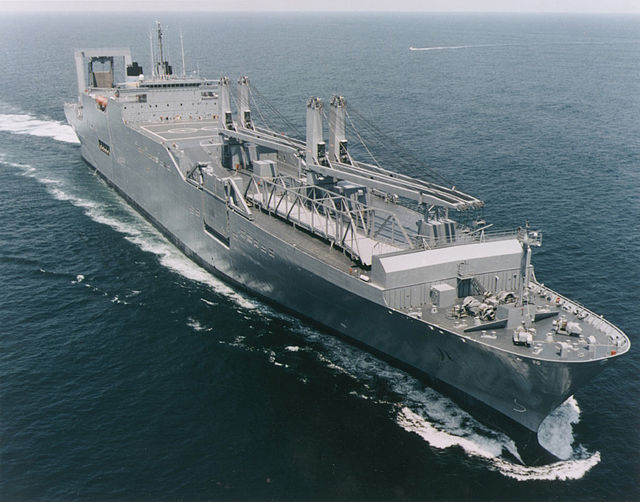
In 1996, the US Navy held a ceremony in Newport News, Virginia, during which it named the roll-on/roll-off ship USNS Gordon (T-AKR-296). It was the second vessel to undergo conversion from a commercial container vessel to a Large Medium Speed Roll-On/Roll-Off (LMSR) sealift ship. The ceremony was attended by Congressman John Murtha (D-PA) and Carmen Gordon, the late master sergeant’s widow.
Gordon remained under service with the Military Sealift Command until April 2023, when the ship was stricken from the Naval Vessel Register. She was renamed the MV Gary I. Gordon and transferred to the US Maritime Administration’s Ready Reserve Force (RRF), meaning the vessel can be reactivated, if necessary.
USNS Shughart (T-AKR-295)
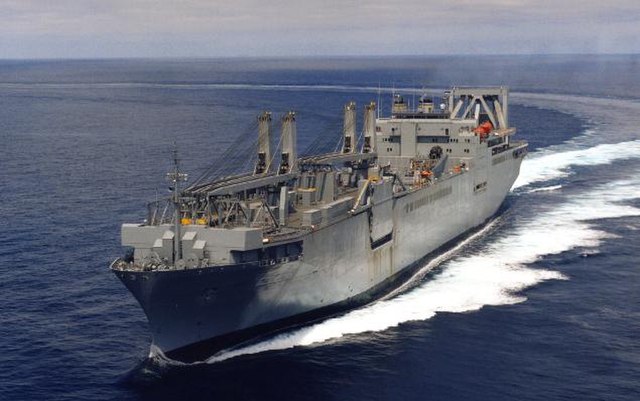
The same honor was bestowed upon Randall Shughart a year later, when the roll-on/roll-off ship USNS Shughart (T-AKR-295) was named in a ceremony at the National Steel and Shipbuilding Company in San Diego, California. In attendance were several Navy officials and politicians, including Senator Bob Kerrey (D-NE) and John W. Douglass.
More from us: John Levitow: The Lowest-Ranking US Air Force Airman to Receive the Medal of Honor
Shughart was capable of carrying 48 track vehicles, 58 tanks, and over 900 trucks and other wheeled vehicles. In 2022, she met a similar fate to the USNS Gordon when she was transferred to the US Maritime Association and stricken from the Naval Vessel Register the following year. The ship has been renamed the MV Shughart, and she can be reactivated as part of the Ready Reserve Force.
